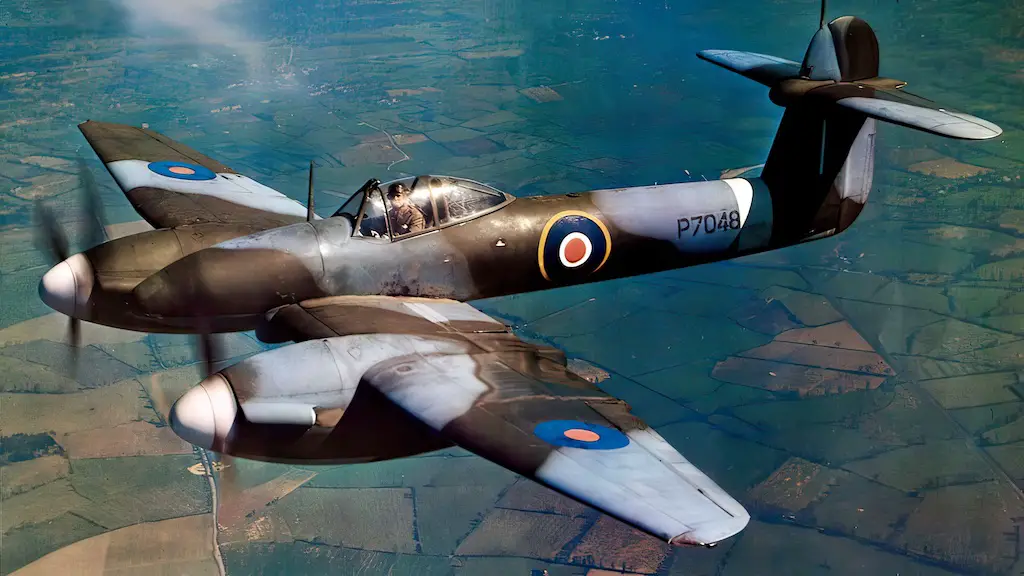
The Westland Whirlwind, a British twin-engine heavy fighter aircraft, played a significant role in World War II’s air combat. Westland Aircraft developed the Whirlwind as a unique and innovative design that stood out from its contemporaries. Despite its relatively short service life and limited production numbers, the technological advancements of the Whirlwind made it a formidable opponent in the skies, pushing the boundaries of aerial warfare.
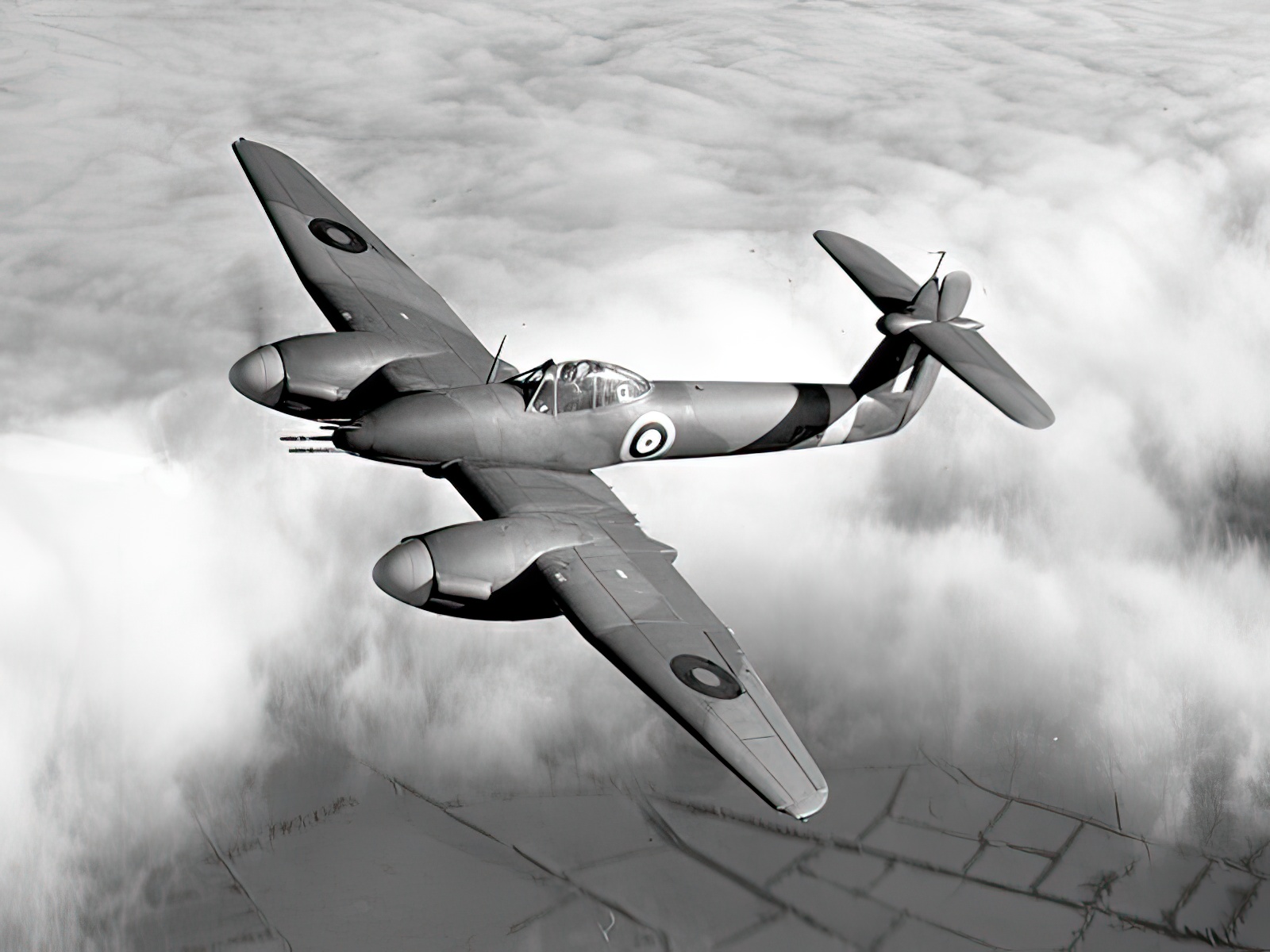
Development and Design
In the mid-1930s, the British Air Ministry issued Specification F.37/35, which called for a fast, heavily armed twin-engine fighter aircraft. Under the guidance of chief designer W. E. W. “Teddy” Petter, Westland Aircraft pursued these requirements with a bold and innovative design. The Westland Whirlwind project, designated as P.9, began in 1937.
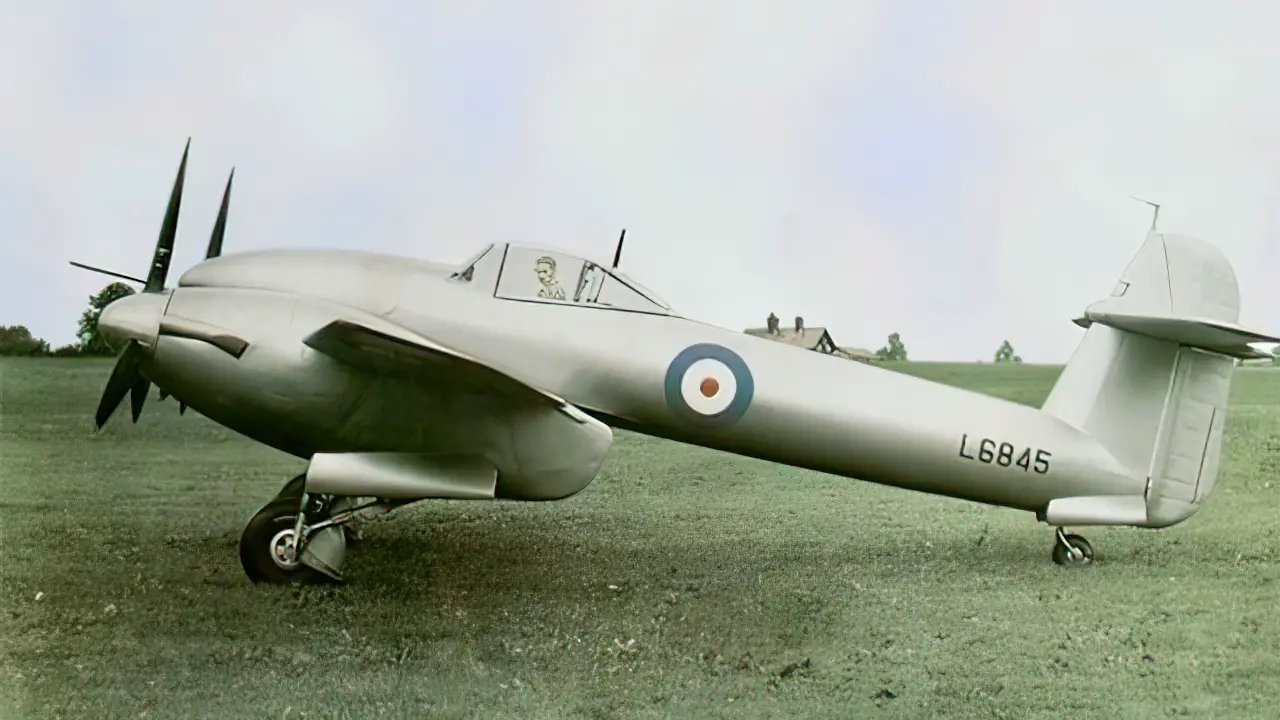
Powered by two Rolls-Royce Peregrine engines, the Westland Whirlwind’s twin-engine layout boasted an impressive 885 horsepower per engine. This design enabled the aircraft to achieve remarkable speeds of up to 360 mph and cover distances of 800 miles without refueling. The Whirlwind’s sleek, streamlined fuselage and low-drag design played a significant role in its outstanding speed and performance. Moreover, its compact dimensions, with a wingspan of just 45 feet and a length of 32 feet, ensured exceptional maneuverability during airborne combat.
A critical aspect of the Whirlwind’s design involved its armament. The aircraft was one of the first to feature a nose-mounted armament configuration, housing four 20mm Hispano-Suiza HS.404 cannons. This setup allowed the pilot to concentrate firepower more effectively than the more common wing-mounted weapons of the time. The Whirlwind’s firepower and accuracy established it as a formidable interceptor and ground-attack aircraft.
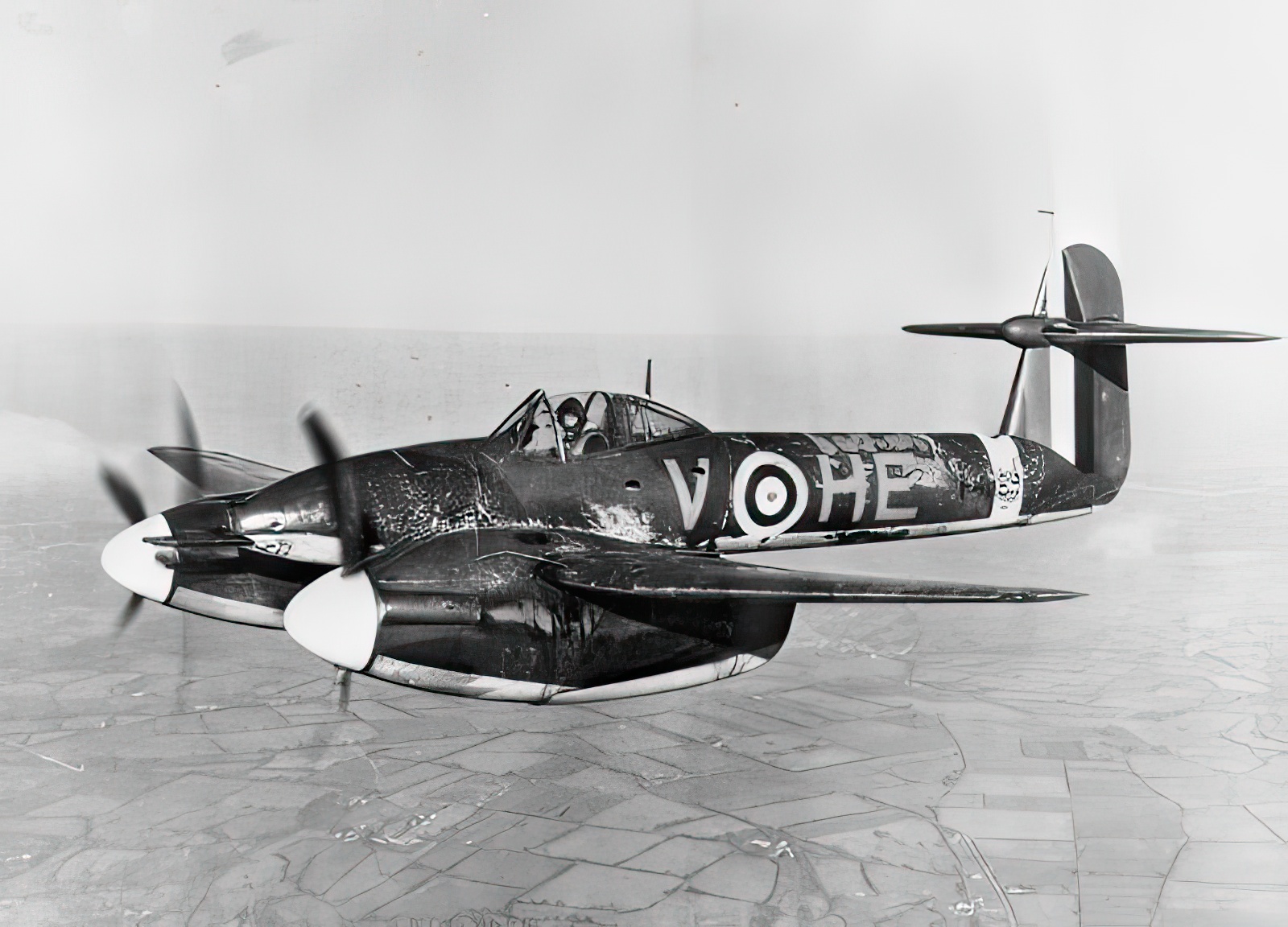
Operational History
The first Whirlwind prototype soared through the skies in October 1938, and after successful testing, the Air Ministry ordered 200 aircraft in 1939. However, various factors, including delays in engine production and prioritizing other aircraft projects, led to the production of only 112 Whirlwinds.
In 1940, the Whirlwind entered service with the Royal Air Force (RAF), primarily assigned to No. 263 Squadron. The aircraft engaged in the Battle of Britain, participating in both air-to-air combat and ground attack roles. Its speed, firepower, and ruggedness earned it the respect of both friend and foe. The exceptional performance of the Whirlwind in low-altitude combat and ground-attack missions made it an ideal choice for targeting enemy shipping, airfields, and infrastructure.
Despite its impressive capabilities, the Whirlwind encountered some shortcomings. The Peregrine engines, while powerful, were prone to overheating and reliability issues. Additionally, the aircraft’s range was limited compared to other fighters of the time, restricting its ability to conduct long-range missions or provide fighter cover over distant targets. These factors ultimately led to the Whirlwind’s relatively short operational life.
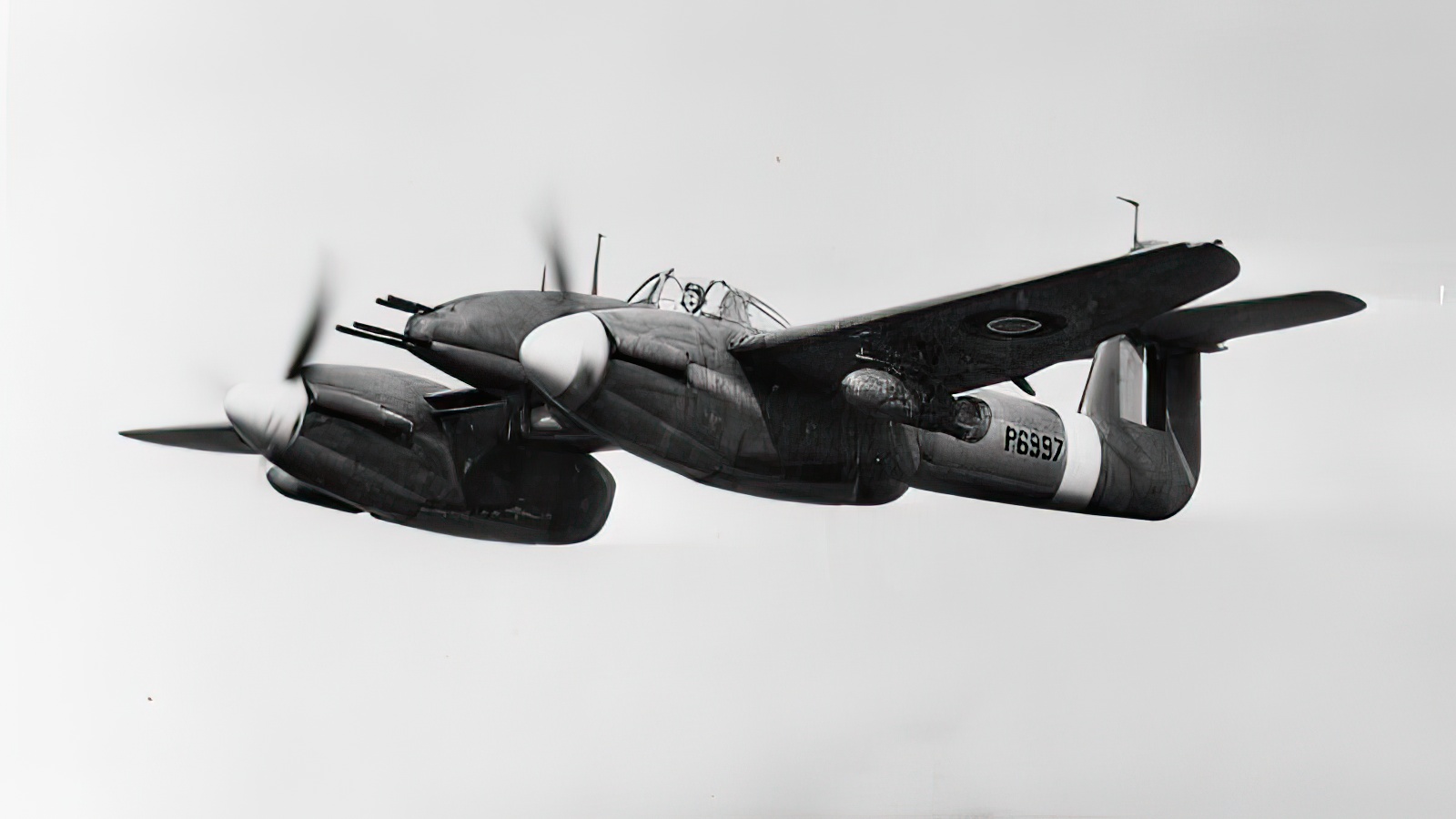
Retirement and Legacy
In 1943, the RAF retired the Whirlwind from frontline service and replaced it with newer models such as the Hawker Typhoon and the de Havilland Mosquito. Although its career was brief, the Whirlwind made an unforgettable impact on aerial warfare. Its cutting-edge design and formidable armament laid the groundwork for future generations of aircraft, and many of its features became the norm in subsequent designs. The mark that the Whirlwind left on the history of aviation is indisputable.





